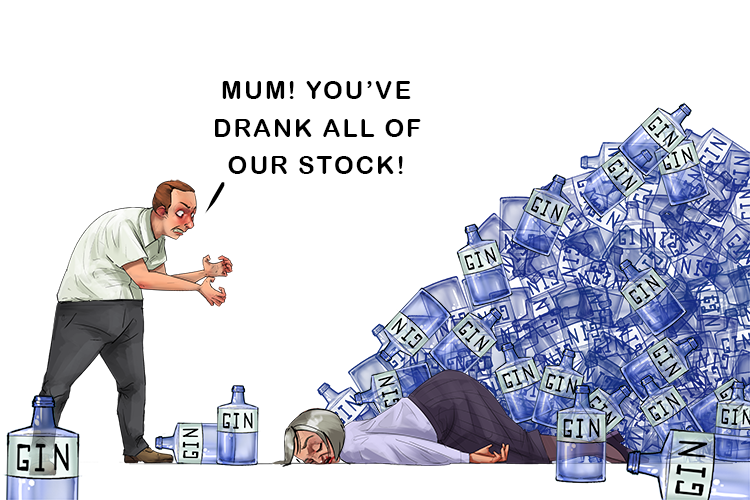margin of safety – the difference between sales and the break-even-point
To remember what margin of safety means use the following mnemonic:
Ma loved the gin so much that the financial safety (margin of safety) of the company was endangered. The difference between our sales and the break-even-point was very small because she was drinking all the product.

Margin of safety in business refers to the difference between the actual or estimated level of sales and the company’s break-even-point. It is a safety net for a company, ensuring that it can withstand potential fluctuations or unexpected downturns in its operations and still remain profitable. The margin of safety is primarily used as a risk management tool and is calculated using the following formula.
\text{Margin of Safety} = \frac{\text{Actual or Estimated Sales - Break Even Sales}}{\text{Actual or Estimated Sales}} \times 100
Note: The margin of safety is represented by a percentage in this case
In this context:
- Actual or estimated sale = The total revenue generated by the company from its sales of goods or services over a given period (usually a month, quarter or year)
- Break-even sales: The point at which the company’s total revenue exactly covers its total costs, resulting in zero profit or loss. At this point the company neither makes a profit nor incurs a loss.
For example, if a company’s actual sales are £100,000 and its break-even sales are £80,000, then the margin of safety expressed as a monetary figure will be:
Margin of safety = actual sales (£100,00) – break-even sales (£80,000)
= £20,000
Expressed as a percentage this is:
\text{Margin of Safety} = \frac{£100,000-£80,000}{£100,000} \times 100 = 20\%
A 20% - 25% margin of safety is considered a healthy buffer against becoming unprofitable.
Potential investors will look at a company’s margin of safety to assess its potential stability before committing to buying shares. A company with a healthy margin of safety will be a safer investment as it will be less susceptible to possible fluctuations in the market affecting profitability.




